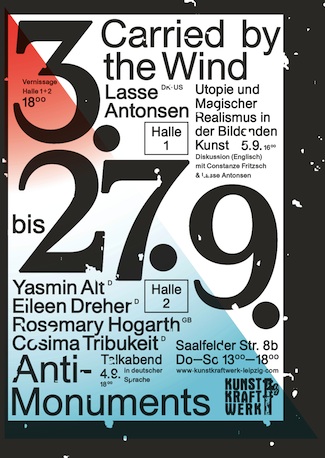
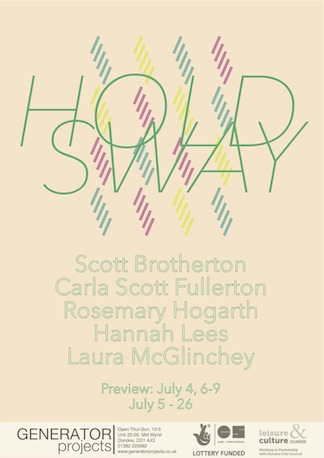
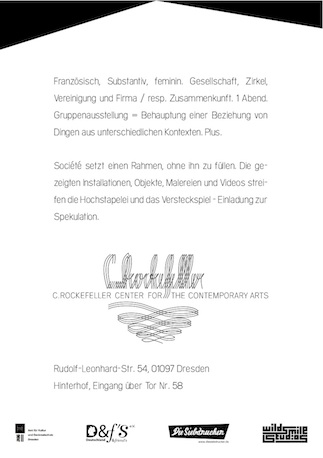
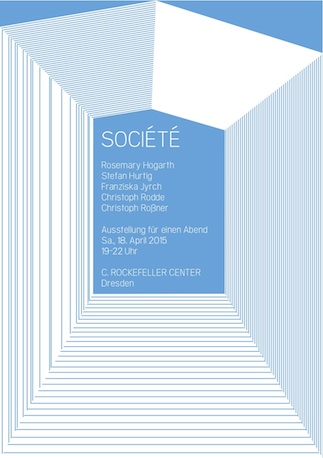
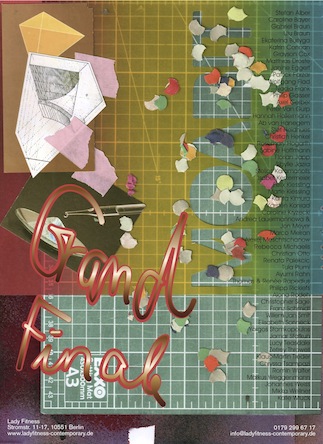
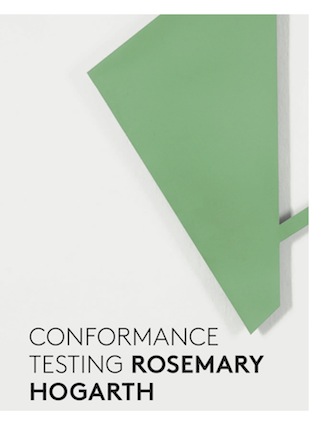
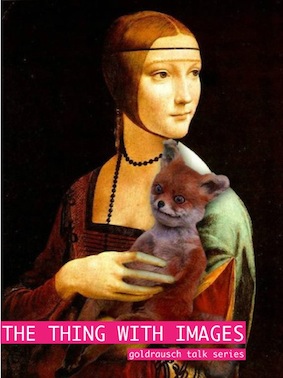
The Internet has been flooded with a certain type of ghost photography lately: images of celebrities like Nicole Kidman or Drew Barrymore with unnatural white patches on their faces. This was caused by HD powder: A cosmetic product that reflects light, especially designed to make skin look immaculate on HD.There is only one problem: it isn’t suitable for flashlight. Photographed this way, the powder reflects too much light, which produces the above mentioned ghost effect. This altering of reality in order to live up to HD technology exemplifies a privileging of the image over the photographed object that can also be observed in the production of artworks today.
Likewise the distribution of images online, which brings forth unlimited copies, variations and memes, challenges the traditional relationship between reality and representation. Many questions pop up at the intersection of objects, digital imagery and their dissemination: What is the HD powder of the art world? Have objects become images or the other way round? How do artists deal with scarcity and abundance in regard to digital imagery? Can we still talk about an original and its copies or is every copy also an original?
25/09
#1 on the politics and aesthetics of self-publishing
Olia Linalina & Delphine Bedel
In her talk ’Give me some time!’ Olia Lialina will address the philosophical dimension and questions of identity that arose from the sudden possibility of making a home page for early web users, what kind of images they produced and how they influenced today’s image of online communication.
Delphine Bedel will speak about the drastic economic and technological changes occurring in the publishing industry, and how this affects artistic practice and art institutions. Her talk ’Artists’ Books for Airport’ will address the shift from the optical nature of an image towards a reciprocal relation with the audience.
2/10
#2 on materialising the immaterial
Stefan Heidenreich
Drawing from object-oriented programming as well as late 20th Century art history Stefan Heidenreich’s talk ‘Art-Objects, their Format and the Web’ will consider the possibility of the Internet as a platform for a second “conceptual turn” through which the traditional attributes and functions of art objects can be readdressed.
9/10
#3 on temporality and digital schizophrenia
Jai McKenzie, Elise Lammer & Eva Wilson
In her talk ‘Image Machines’ Jai McKenzie will focus on the historical and future presence of light-space-time structures through photographic or photographically informed image production. She will address what she considers to be the growing influence of image machines on perception and understanding.
Elise Lammer and Eva Wilson’s discussion ‘What is the HD powder of the art world?’ will explore the way in which social media is being used by artists to transform their everyday lives into artistic statements, blurring the lines between exhibitionism and art-making. Different from historical cults of (artist-) personality, they understand today’s commodification of the self as preceding or replacing the creation of the artefact.
16/10
#4 on re-imagined realities and new subjectivities
Elvia Wilk & Adele Morse
Using the recent Jennifer Lawrence nude photo leak as a starting point, Elvia Wilk’s talk “Nude photo leak isn’t a scandal” will examine the relationship between the embodied image and the violation of the virtual body. She will consider how a digital image becomes charged with the power of the body and what this could mean for artists working inside/outside the digital realm.
Artist and taxisermist Adele Morse will tell the story of ‘the stoned fox’, a piece of old taxidermy that she sold on eBay in 2012. The picture of the animal soon took up a life of its own as a fully-fledged Internet meme in Russia where it became a sport to Photoshop the badly stuffed animal into iconic historic imagery.
Contact
E-Mail: rohogarth@gmail.com